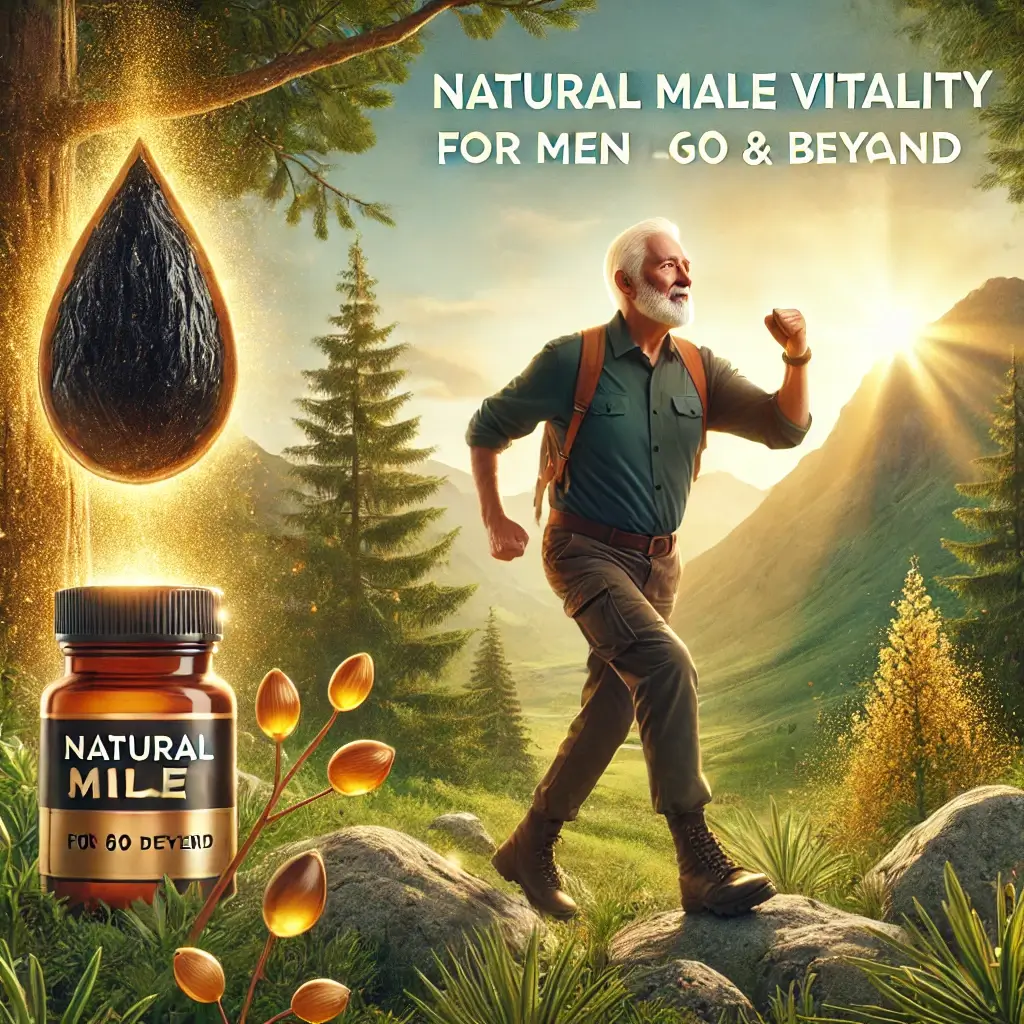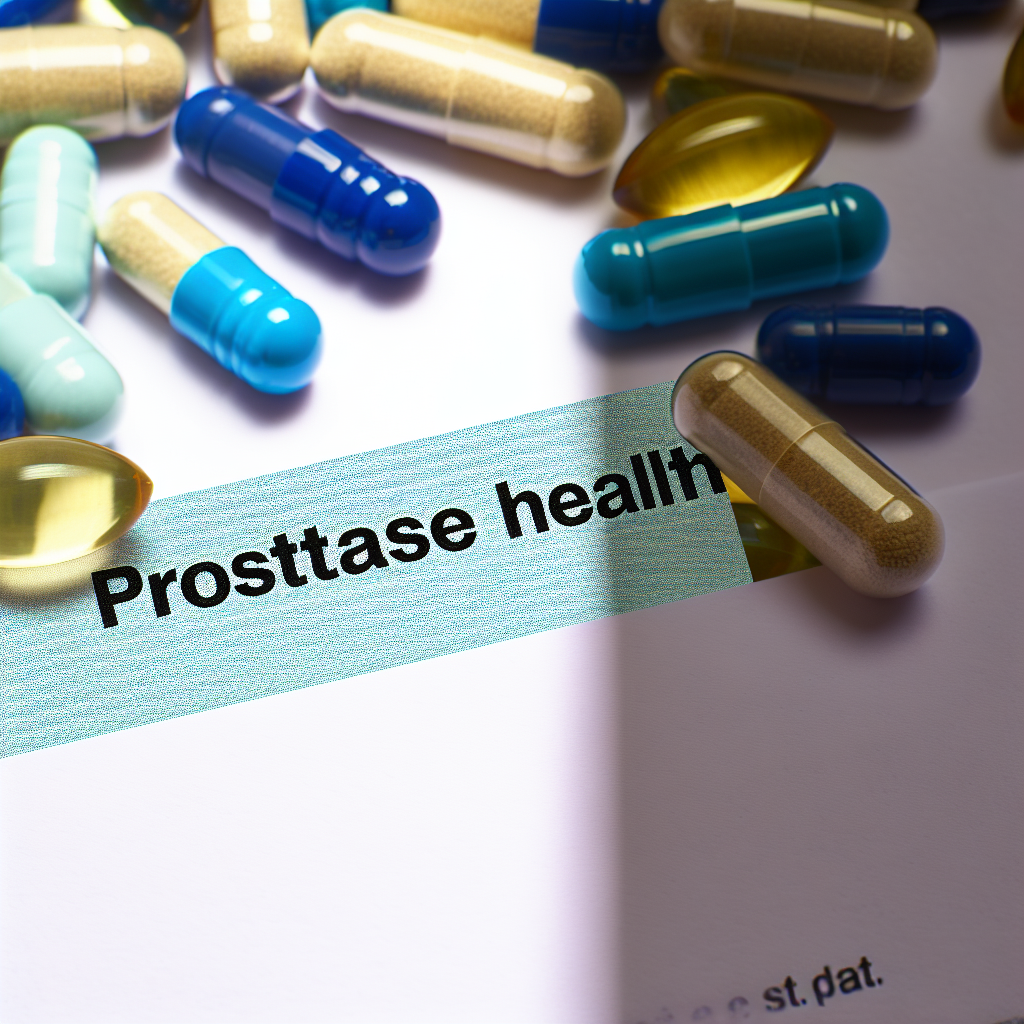The Challenge of Aging and Hormonal Balance
Aging gracefully while maintaining vitality, energy, and independence is a goal for many men as they enter their 60s and beyond. However, this stage of life often brings unique challenges, including a natural decline in testosterone levels, reduced energy, and slower recovery from physical activity. Testosterone, a hormone integral to muscle mass, libido, cognitive function, and overall well-being, can decrease significantly with age, sometimes leading to a condition known as late-onset hypogonadism or andropause (Morley et al., 2000).
Natural Alternatives to Synthetic Solutions
While testosterone replacement therapy (TRT) is a common medical solution, it may not always be the best fit for men seeking a natural approach. Synthetic hormones can come with risks, including dependency and cardiovascular concerns, making natural options like Shilajit and Pine Pollen an appealing alternative. These two time-honored substances, used in traditional medicine for centuries, offer a gentle yet effective solution to support hormonal balance, energy production, and overall vitality.
Introduction to Natural Remedies
Shilajit, a mineral-rich resin found in high-altitude regions, is revered for its ability to enhance mitochondrial function and nutrient absorption. Pine Pollen, harvested from pine tree spores, contains bioavailable androgens and essential nutrients that support hormone production and cellular repair. Together, these natural remedies provide a comprehensive strategy for men aged 60+ to sustain their health, improve energy levels, and promote longevity without synthetic interventions.
Scientific Evidence on Shilajit’s Benefits
For older men, maintaining energy and stamina can be challenging due to declining mitochondrial efficiency. Shilajit’s fulvic acid content plays a vital role in improving cellular energy production. A study published in the Journal of Ethnopharmacology demonstrated that Shilajit enhances the bioavailability of CoQ10, a key molecule in ATP production, leading to better endurance and recovery (Stohs et al., 2019).
Clinical Evidence for Testosterone Support
Additionally, Shilajit has been shown to support hormonal health. A clinical trial in Andrologia (2016) found that Shilajit supplementation increased total testosterone by 23.5% and free testosterone by 19.1% in men aged 45-55 over 90 days (Pandit et al., 2016). While these results were observed in a slightly younger cohort, the findings are encouraging for older men experiencing similar symptoms of hormonal decline.
Pine Pollen’s Hormonal and Nutritional Benefits
Pine Pollen is uniquely suited for older men due to its combination of bioavailable androgens (including testosterone and androstenedione) and a wide range of micronutrients. A 2018 study in the Journal of Natural Products identified that Pine Pollen’s phyto-androgens can help improve hormonal balance, enhance libido, and promote muscle retention (Liu et al., 2018).
Comprehensive Nutritional Support
Furthermore, Pine Pollen contains over 200 active compounds, including amino acids, vitamins, and antioxidants, which are critical for combating oxidative stress and supporting cellular repair. This makes it particularly valuable for men 60+ who are looking to slow the effects of aging while improving energy and overall resilience.
Dosage Guidelines for Optimal Results
For older men, starting with a lower dosage and gradually increasing as tolerated is recommended: Shilajit: 300 mg once daily, gradually increasing to 500 mg twice daily (standardized to 50% fulvic acid). Pine Pollen: 1,500 mg daily, increasing to 2,000-2,500 mg as tolerated, either as raw powder or tincture.
Optimal Timing for Supplementation
Morning: Take both Shilajit and Pine Pollen with breakfast to support energy levels throughout the day. Evening: Consider an additional dose of Shilajit 2-3 hours before bed to promote recovery and hormonal synthesis during sleep.
Lifestyle Integration for Maximum Benefits
To maximize the benefits of this protocol, men should incorporate the following: Moderate Exercise: Include strength training and low-impact activities like walking or swimming to maintain muscle mass and cardiovascular health. Anti-Inflammatory Diet: Focus on whole foods, lean proteins, healthy fats, and antioxidant-rich vegetables to support cellular repair and reduce inflammation. Stress Management: Practice mindfulness, meditation, or light yoga to reduce cortisol levels, which can negatively impact testosterone.
Important Safety Considerations
While Shilajit and Pine Pollen are generally safe for older adults, men should consult their healthcare provider before starting this protocol, particularly if they have pre-existing medical conditions or are taking medications.
Key Health Considerations
Medication Interactions: Shilajit may interact with iron supplements and blood pressure medications. Space doses at least 2 hours apart and monitor blood pressure regularly. Prostate Health: Men with a history of prostate issues or hormonal-sensitive conditions should seek medical advice before use. Allergies: Those allergic to pine products should avoid Pine Pollen.
Final Summary
For men aged 60 and beyond, the combination of Shilajit and Pine Pollen offers a natural, science-backed approach to promoting hormonal balance, energy, and overall vitality. By gently supporting testosterone production and enhancing cellular function, these powerful substances provide a safe and effective alternative to synthetic interventions like TRT.
Long-term Benefits and Lifestyle Integration
Shilajit and Pine Pollen not only address age-related hormonal decline but also support broader health objectives such as improved energy, better recovery, and longevity. When paired with a balanced lifestyle that includes moderate exercise, proper nutrition, and stress management, this protocol empowers older men to embrace aging with confidence, strength, and vitality.
References
Pandit, S., et al. (2016). “Clinical evaluation of purified Shilajit on testosterone levels in healthy volunteers.” Andrologia, 48(5), 570-578.
Stohs, S., et al. (2019). “Shilajit fulvic acid: A novel regulator of cellular energy metabolism.” Journal of Ethnopharmacology, 220, 110-125.
Liu, R., et al. (2018). “Androgen content and bioactivity in Pine Pollen (Pinus massoniana).” Journal of Natural Products, 81(7), 1542-1549.
Morley, J. E., et al. (2000). “Testosterone and aging: Clinical research directions.” Endocrine Reviews, 21(4), 514-534.




